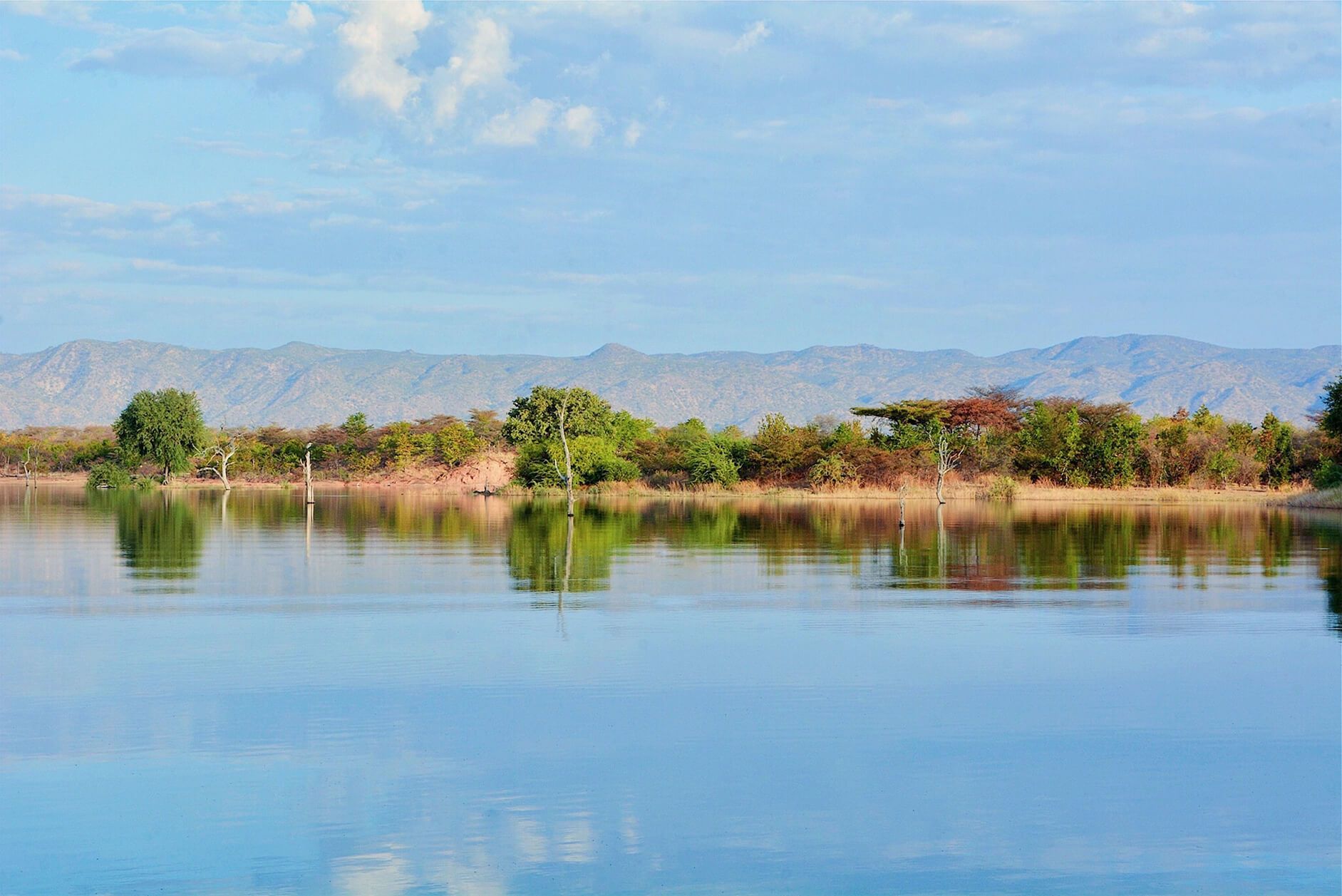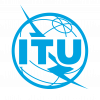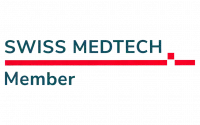BLOG
Telecom26 blog
Telecoms in Zambia: How our IoT global SIM cards are being used in digital healthcare programmes

Zambia was renamed in 1964 following independence from the British. It is a large, landlocked country with rugged terrain, diverse wildlife and many parks and safari areas. At 752,618 sq km it is the 40th largest country in the world, slightly larger than Texas.
It borders eight countries: Zimbabwe to the south with which it shares the beautiful Victoria Falls, as well as DRC, Tanzania, Malawi, Mozambique, Zimbabwe, Botswana, Namibia and Angola.
Its population of 18.47 million is concentrated mainly around the capital of Lusaka in the Copperbelt Region to the northwest, the core economic hubs of the country.
Despite riches from copper, cobalt, zinc, lead, coal, emeralds, gold, silver, uranium and hydropower, according to the World Bank after “15 years of significant socio-economic progress and achieving middle-income status in 2011, Zambia’s economic performance has stalled in in recent years”.
This title of this recent piece in The Economist is telling:
Zambia was already a case study in how not to run an economy with the President being blamed for plunging the country into debt with his “profligate politics” which mean that “nearly half of its tax revenues go towards debt service”. However, infrastructure investments have included money being put into the country’s telecom infrastructure.
Telecoms in Zambia
The Government-owned operator Zamtel operates both fixed and mobile networks with an upgrade to 5G already planned.
Two other MNOs - Airtel and MTN continue to invest in 3G and LTE-based services. A fourth MNO abandoned attempts to launch earlier this year.
A recent report by BuddeComm research says that the Government “has focussed on developing ICTs to spur growth in the digital economy” including “an extension of broadband access and improved connectivity to international submarine cables” which have reduced pricing for end-users.
The most recent usage figures we could find were from the regulator, ZICTA, whose 2019 report, said there were 17.2 million active mobile subscriptions which equals 99.1% penetration. Meanwhile the total number of active internet subscriptions stood at 9.2 million representing 53.1%.
Telecom26 and IoT Connectivity in Zambia
COVID-19 risk in Zambia is still high with the country recording 12,415 cases and 292 as at the start of September.
However, sadly the country has been waging much longer battles against more lethal infectious diseases such as HIV, dengue fever, diarrhea, hepatitis A, malaria, rabies, schistosomiasis (a disease carried by freshwater snails), and typhoid.
The virtual doctors programme says that “there are far too few doctors in Zambia – only 1600” and consequently The Zambian Ministry of Health's e-Health Strategy 2017-21 included telemedicine in its strategic priorities.
One of Telecom26’s long-term customers in Africa, SystemOne, has rolled out TB, HIV, Ebola - and now COVID-19 - testing programmes across Zambia
Key to the success of SystemOne’s testing programme is reliable connectivity; speed of diagnosis and treatment is often the difference between life and death.
The traditional route is to buy local SIMs to provide device connectivity. Unfortunately, this limits users to one MNO - and adds juggling multiple SIMs across devices to find the strongest local network to a long list of headaches, especially in country border areas.
Telecom26’s IoT global SIM cards were developed with the specific goal of improving connectivity in remote areas where coverage can be patchy. Our IoT SIM cards enable devices to automatically access and switch between multiple networks both in-country and across borders thus removing the need to worry about the coverage of a single MNO, or the existence of roaming alliances. Multiple-IMSI profiles are pre-loaded on every SIM allowing for simple remote reconfiguration if the primary network has poor or no service.
SystemOne is currently replacing the SIM cards of one of Zambia’s MNOs with Telecom26’s multi-IMSI global SIM cards. We are delighted to be working with SystemOne and proud to be part of a programme that is improving healthcare for the people of Zambia.
You can read more about our work with SystemOne here.
If you have any questions about telecoms in Zambia, or need help with connectivity - including IoT Connectivity - there, or in any other country in Africa or around the world then please Get In Touch.



